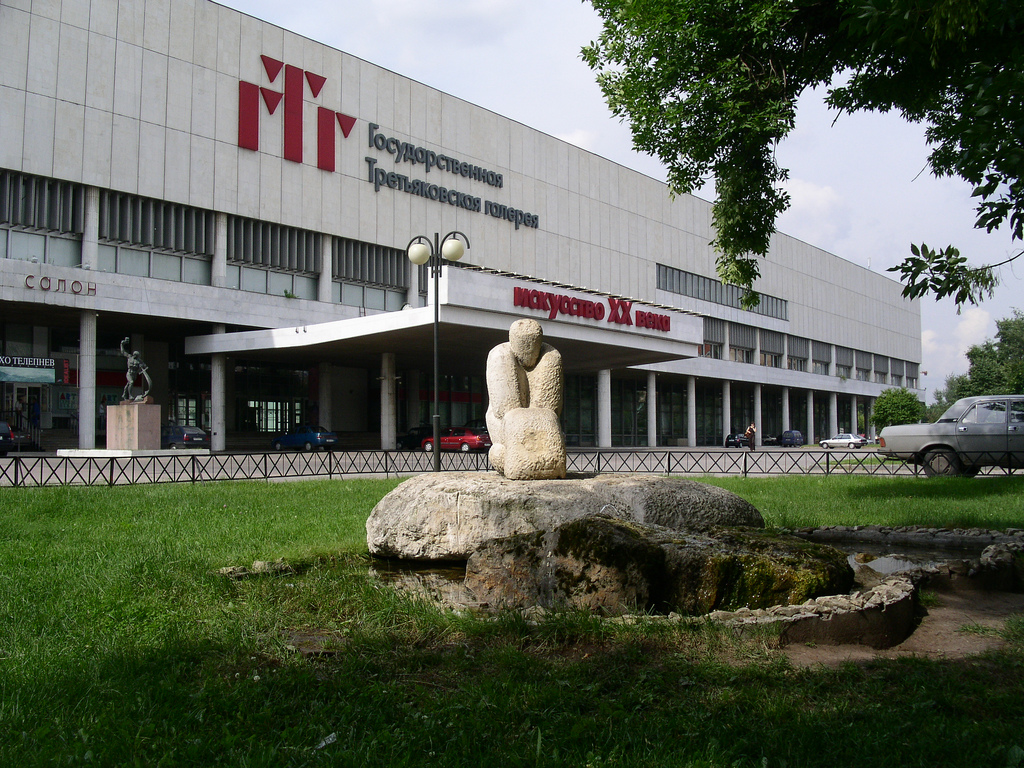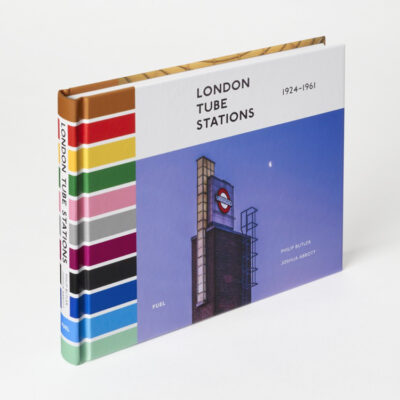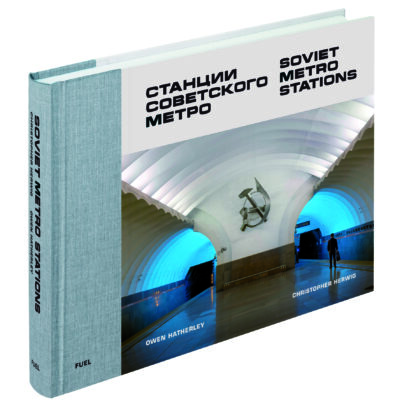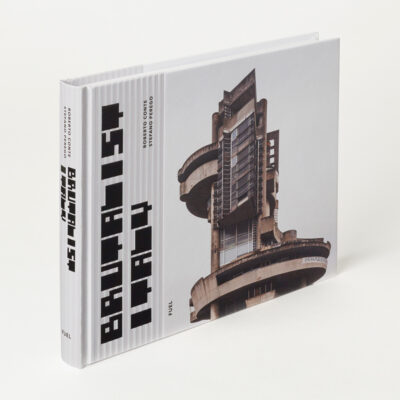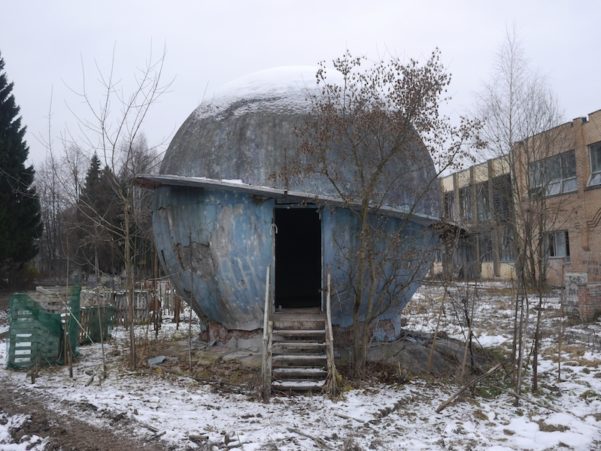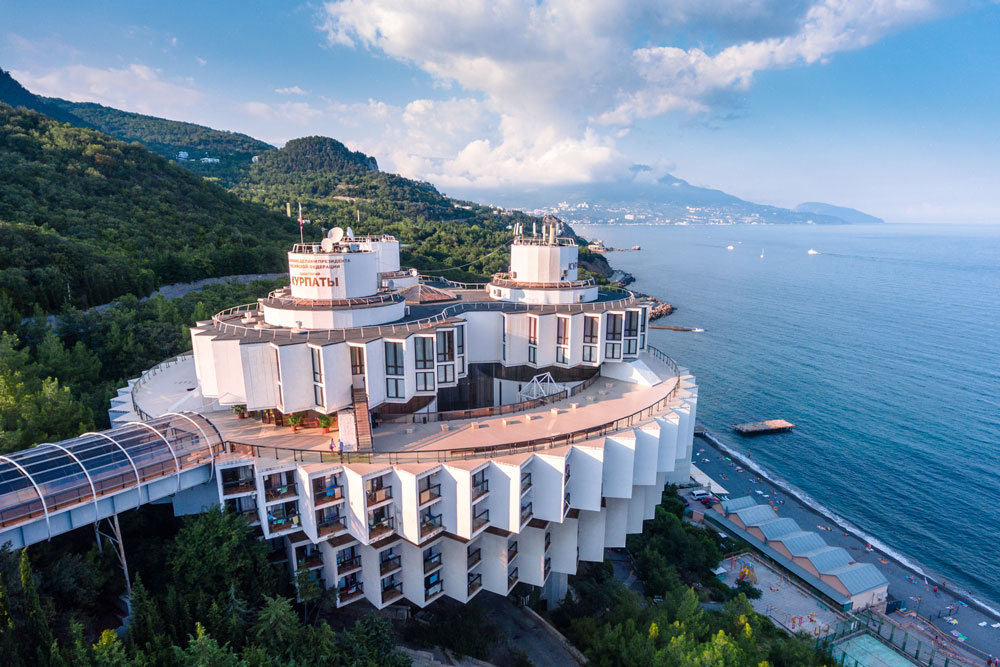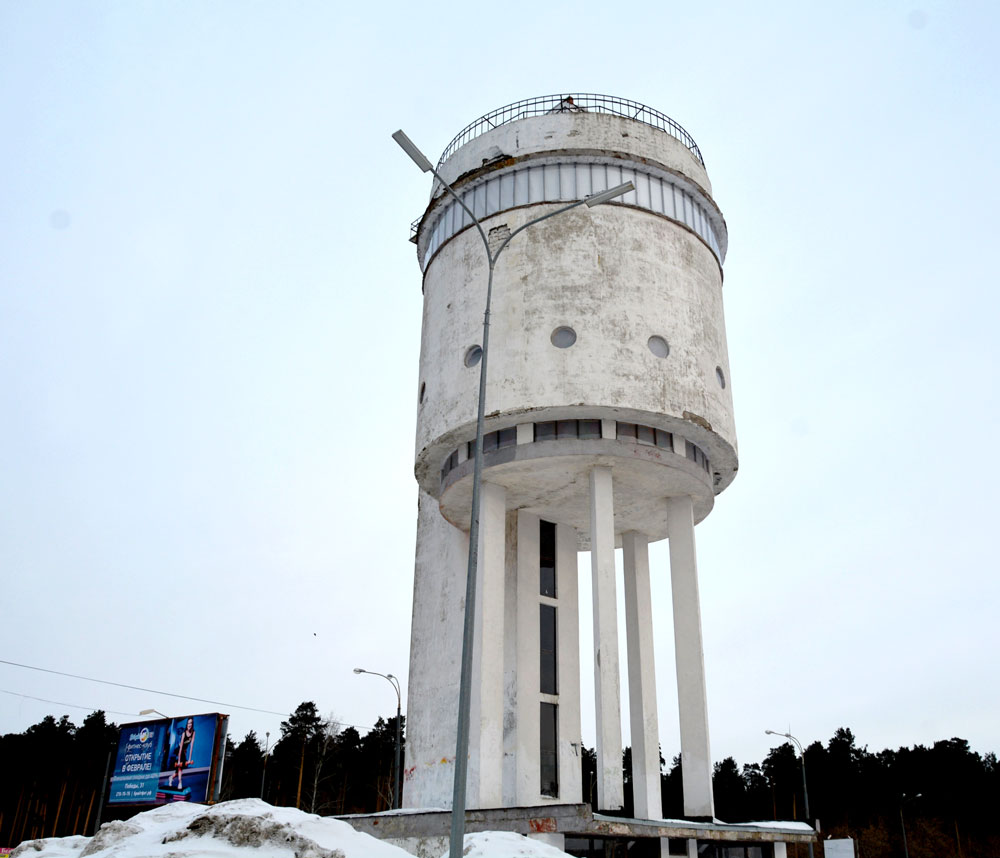New Tretyakov Gallery, Moscow
By Greyscape
9th November 2017
The Tretyakov Gallery was the dream and creation of 19th century Moscow textiles merchant Pavel Mikhailovich Tretyakov, an avid collector with a wonderful eye, bringing together a wide range of contemporary works by Russian artists and the works of established European artists as well as icons and illustrations. Pavel was also bequeathed a further collection that had belonged to his deceased brother Sergei. Pavel’s eye was on giving the biggest prize, to create a collection that could be presented to the Russian state as a collection for the nation, named for his family. The notion of philanthropy for its own sake and as a means of garnering influence was gaining traction in the 19th century.
Today Pavel’s dream is a reality, the gallery with its add-on buildings has become Russia’s largest museum building, it comprises the original 1856 gallery, the House of Artist and the New Tretyakov all located in the heart of the capital city, Moscow, on the banks of the River Moskva.
Focusing on the history of and collections within the New Tretyakov, there is no better place to see avant-garde and social realist art. The roll call of artists represented is breathtaking, amongst the huge important collection there are gems such as Kandinsky’s Composition V11 and Kazimir Malevich’s Black Square as well as works by Chagall, Aleksandr Deyneka and Vera Mukhina.
The history of the New gallery is a rich tale of Soviet-era building politics. Woven into it is favoured projects, Academies as power bases, jockeying for position in the capital of the new state. It will have been entirely beyond Pavel Tretyakov’s imagination. The story really begins in the 1920s, the available plot of land was eyed-up for an Agriculture Exhibition. A decade later the plot remained and new ideas emerged, the one getting most traction was to create a Palace of Arts, but if truth be told it is likely that severe lack of finances would have simply kept the discussion going and going. Today we’d say it was a case of ‘kick the can down the road’. However, in 1936 the decision was made to move the Acadamy of Science from Leningrad to Moscow, the Academy’s move was significant not just because of its importance to the Soviet state but also because of the sheer size of land needed to build on. In 1936 a competition took place, open to all approved Soviet architects. According to historians Stalin expressed particular favour for a project by A.Shchusev. Construction began in 1939 but stopped shortly after when WWII began. Postwar the site for the Acadamy was changed to its current home, today Moscow remains the headquarters for Russian Academy of Science. This, of course, brought back into play the question of what should happen to the original site part of which was already home to the Tretyacov.
According to the museum website in the early 1950s, Architect I.V.Zholtovsky opened up the conversation again suggesting the site should become home to the Moscow Council of Trade Unions, an idea which was rejected. Ultimately the 1956, 100th anniversary of the original Tretyakov Gallery acted as the trigger to build the New Tretyakov we know today. In 1959 the new gallery design by Y.N Sheverdyaev, NP Sukoyan in the studio of I.V.Zholtovsky was approved and the project was renamed the State Picture Gallery of the USSR. Construction began in 1965 and was completed in 1983. Yes, that’s not a typo, nearly 20 years in the making and actually 60 years if you consider how long the project had been in peoples minds and on the drawing board. Today the new museum carries the name of Tretyakov and is a hugely popular.
In the spring of 2018, it was announced that Pritzker Prize winner Rem Koolhaas had been commissioned to refresh the gallery complex, a very exciting prospect.
Photo Credits: Yuri Lapitskiy CC BY SA 2.0




